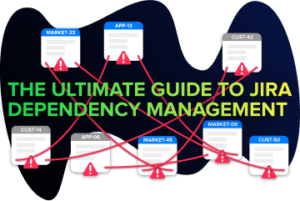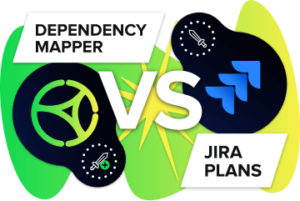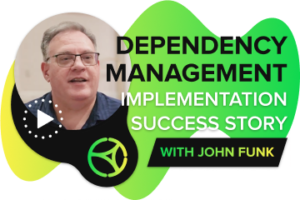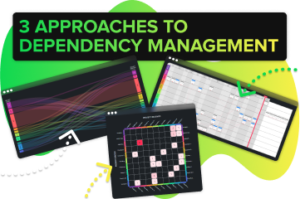In agile software development, story points are used to estimate the effort required to deliver a particular user story or feature. They allow for a consistent and objective way of comparing the size of features across different teams and projects. Typically, story points are assigned by taking into account the complexity and risk of the feature.
Table of Contents
ToggleWhat are story points and why do they matter?
Story points are a unitless measurement that is used to estimate the effort required to deliver a particular user story or feature. They allow for a consistent and objective way of comparing the size of features across different teams and projects. Typically, story points are assigned by taking into account the complexity and risk of the feature.
Story points are important because they provide a relative measure of size and complexity. This means that teams can use story points to compare the effort required to deliver different features, even if those features are of different sizes or levels of complexity. Story points also take into account the risk associated with a particular feature, which is important for prioritization purposes.
How are story points assigned, and what factors influence the decision?
There is no precise formula for assigning story points. However, there are some general guidelines that can be followed. Typically, story points are assigned by taking into account the complexity and risk of the feature. Complexity can be measured in terms of the number of different states or conditions that need to be considered, or the number of different objects or items that need to be manipulated. Risk can be measured in terms of the likelihood of something going wrong, or the potential impact of something going wrong.
Both complexity and risk can be subjective measures, which is why it is often helpful to assign story points as a team. This way, everyone has a chance to weigh in on the estimate and come to a consensus.
What are some benefits of using story points to estimate effort in agile software development projects?
There are several benefits of using story points to estimate effort in agile software development projects. First, story points provide a relative measure of size and complexity. This means that teams can use story points to compare the effort required to deliver different features, even if those features are of different sizes or levels of complexity. Story points also take into account the risk associated with a particular feature, which is important for prioritization purposes.
Second, using story points helps to ensure consistency across teams. This is because everyone is using the same unitless measurement to estimate the effort required to deliver a particular feature. This makes it easier to compare the estimates of different teams and identify potential bottlenecks.
Third, story points help to optimize for efficiency. This is because they allow teams to prioritize features based on their relative size and complexity. This helps to ensure that the most important features are delivered first.
Are there any drawbacks to using story points for estimating effort in agile software development projects?
There are a few drawbacks to using story points for estimating effort in agile software development projects. First, story points can be subjective measures, which means that they can vary from team to team. This can make it difficult to compare estimates between teams, should they both contribute to the same feature. Second, story points do not take into account the time required to deliver a feature. This means that a feature that appears small may actually take a lot of time to complete. Third, using story points can lead to over-optimization, where teams focus on delivering smaller and smaller features instead of working on larger features that would have a greater impact.
How can you use story points to prioritize features and tasks in an agile software development project? One way to use story points to prioritize features and tasks in an agile software development project is by contrasting the story points against the perceived value of the feature, then stack ranking those in priority order. This is a primitive version of the Weighted Shortest Job First (WSJF) method, which can help you to identify which features are the most important and should be delivered first.
Story points can also be used to help with task allocation. This means that you can assign story points to tasks to get a sense of how much work is involved in completing them. This can help you to identify potential bottlenecks and optimize for efficiency.
In closing
Story points are a unitless measure of size and complexity that can be used to compare the effort required to deliver different features across different teams and projects. They take into account the risk associated with a feature, which is important for prioritization purposes.
Using story points helps to ensure consistency across teams and optimize for efficiency by allowing teams to prioritize features based on their relative size and complexity. There are a few drawbacks to using story points, but they offer several benefits that make them worth considering for agile software development projects.
Want to enhance your agile reporting?
Are you a Jira user? Check out these apps that focus on themes like dependency management, scaled backlog views and WIP management to help your teams navigate and understand their complex environments!








